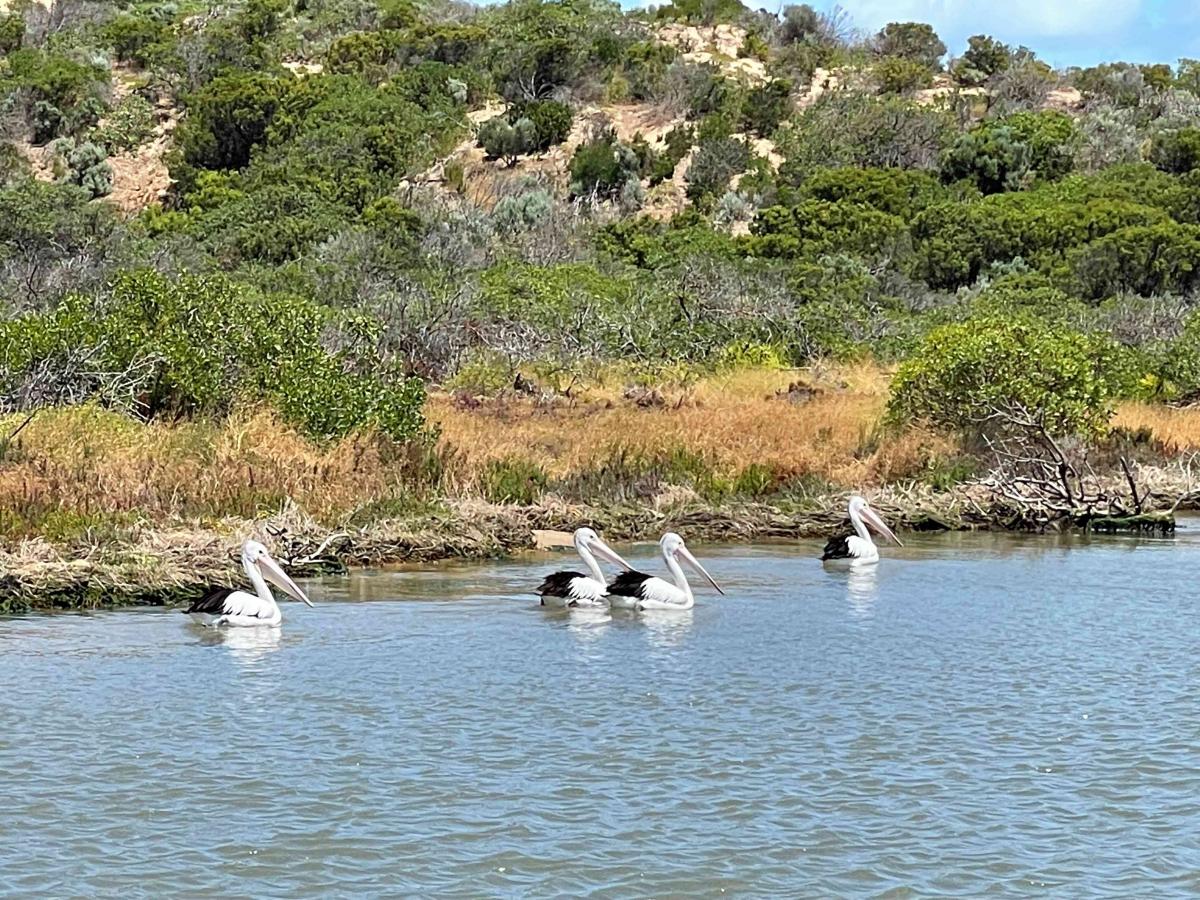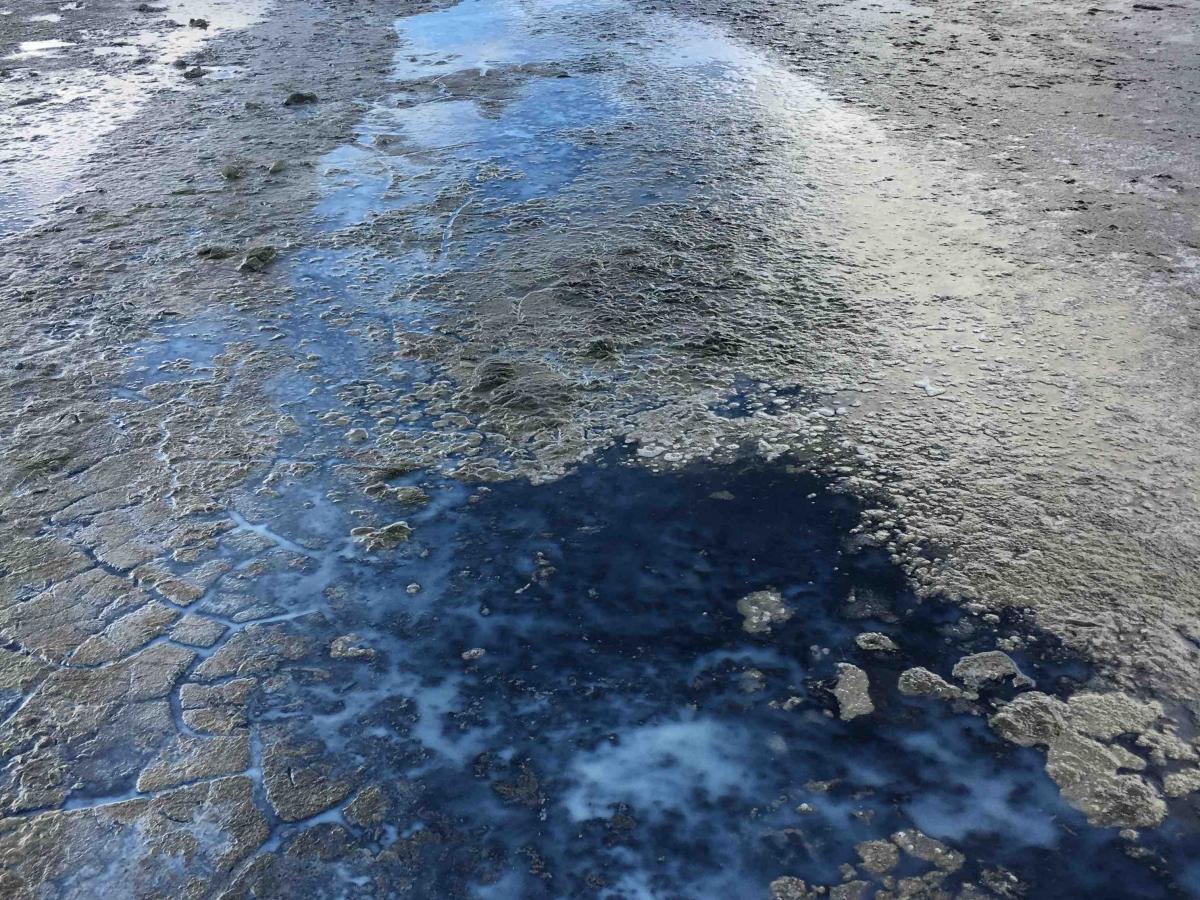Increased flushing vital to Coorong’s long-term health

The Coorong is one of 66 wetlands of international importance in Australia that is listed under the Ramsar Convention, which aims to halt the worldwide loss of wetlands.
A new study from University of Adelaide scientists has found that extremely high levels of salt and nutrients in the Coorong, an internationally important South Australian estuary at the end of the River Murray, is causing serious ecological harm.
The researchers analysed more than 20 years of environmental data – from 1998 to 2021 – to assess patterns and drivers of changes in water quality.
The study was conducted before the recent floods that helped to flush the waterways, with initial indications this has helped to reduce salinity levels in the Coorong.
Lead author of the study, Associate Professor Luke Mosley and team, performed the analysis as part of the Department for Environment and Water’s partnership with the Goyder Institute for Water Research on Project Coorong. This project is part of the South Australian Government’s Healthy Coorong, Healthy Basin Program, which is jointly funded by the Australian and South Australian governments.
“Over the past few decades, the southern part of the Coorong has transitioned into a hypersaline (several times more saline than seawater) and nutrient-enriched state, which has resulted in the loss of aquatic plant and animal species,” Associate Professor Mosley said.
“Evidence suggests that decreases in freshwater inflows and higher evaporation has reduced flushing of the estuary, and this has resulted in an accumulation of salt, nutrients and algae in the water.
“Another big issue is the unhealthy conditions in the sediment.
‘Large areas of the Coorong now contain black ooze sediments, which are an indicator of anoxic – areas of water that are depleted of dissolved oxygen - and sulfide-rich conditions that are hostile to aquatic life.
“Also, the high amount of nutrients in the sediment is recycled back to the water column and this promotes further growth of algae.”
The research has been published in leading marine science journal Marine Pollution Bulletin.
“Evidence suggests that decreases in freshwater inflows and higher evaporation has reduced flushing of the estuary, and this has resulted in an accumulation of salt, nutrients and algae in the water."Associate Professor Luke Mosley

Algae and anoxic black ooze sediments indicating unhealthy conditions near Parnka Point, in February 2020.
Co-author Professor Justin Brookes, from the University of Adelaide’s School of Biological Sciences and Environment Institute, said: “The Coorong is highly susceptible to reduced flushing and resultant impacts by the nature of its location at the end of the River Murray, which has major water management challenges.
“We hope this new knowledge will assist governments to design targeted management strategies to protect and restore the health of this iconic site.”
The research team plans to investigate the impact of the unprecedented floods in South Australia and how that has affected water quality in the Coorong.
“This big flood is a really great opportunity to show how better flushing of the Coorong will improve water quality and ecosystem health,” Associate Professor Mosley said.
“Early indications from the data is that there has been acute reductions in salinity and nutrient levels.”
Government of South Australia Minister for Climate, Environment and Water, Susan Close, said: “We know from the Millennial Drought that the Coorong is a last refuge for millions of migratory birds and other wildlife, and that we need substantial environmental flows to ensure its long term survival and viability.
“At the national meeting of Murray Darling Basin ministers in February, I reiterated South Australia’s determination to secure the 450 gigalitres of environmental water promised under the Murray-Darling Basin Plan but not delivered.
“Environmental water is needed to ensure the health of the entire Basin including the Coorong, which is one of the most important wetlands in the entire country.”
Project Coorong is further investigating broader long term options to manage water quality to restore ecological health.
The Coorong is one of 66 wetlands of international importance in Australia that is listed under the Ramsar Convention, which aims to halt the worldwide loss of wetlands.
Media contacts
Associate Professor Luke Mosley, School of Agriculture, Food and Wine, Faculty of Science, Engineering and Technology, the University of Adelaide. Mobile: +61 (0)428 103 563. Email: luke.mosley@adelaide.edu.au
Lee Gaskin, Media Coordinator, the University of Adelaide. Phone: +61 (0)415 747 075. Email: lee.gaskin@adelaide.edu.au
